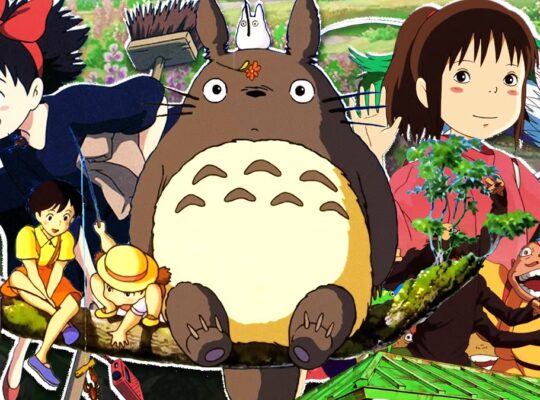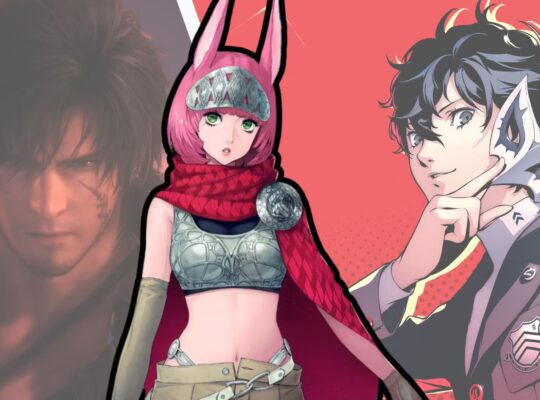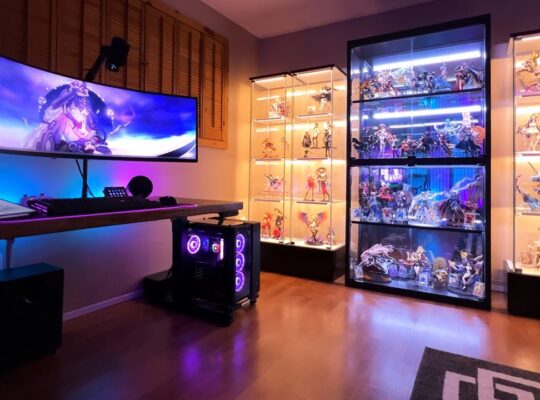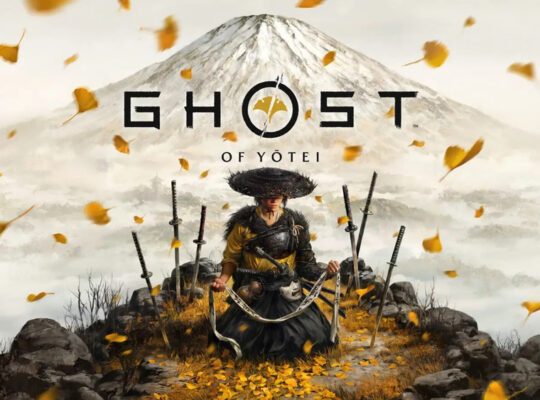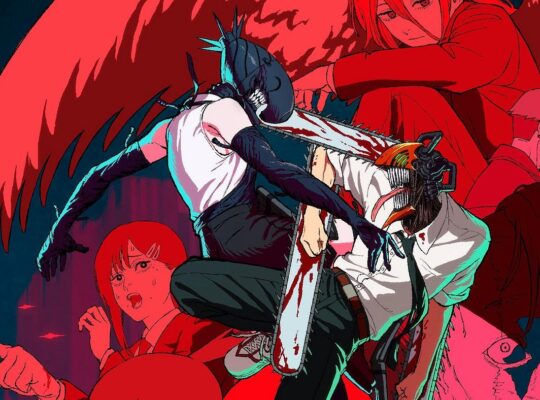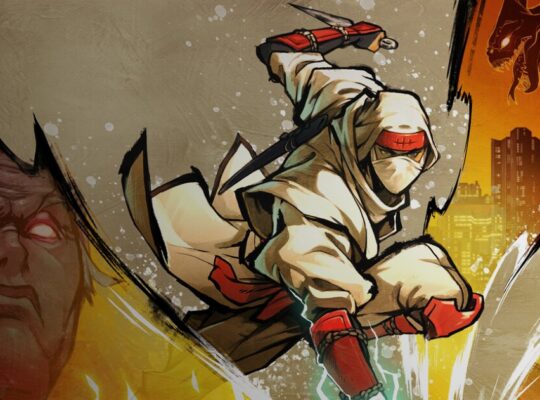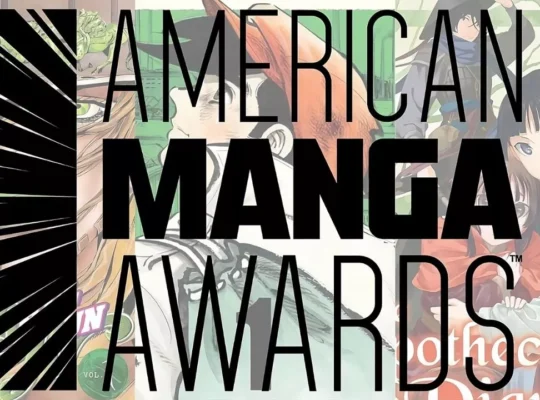The world of manga has always been about evolution. From the serialized black-and-white pages of Shonen Jump to the glossy tankobon volumes lining bookstore shelves, manga has adapted to new generations of readers while keeping its core identity intact. But in recent years, a new contender has entered the scene: Korean webtoons. These vertically scrolling, digital-first comics are not only captivating global audiences but also influencing how manga is published, consumed, and even created.
What Makes Webtoons Different?
At first glance, webtoons might look like manga’s younger cousin, but their format sets them apart. Instead of traditional page layouts, webtoons are designed for vertical scrolling on smartphones and tablets. This means panels flow seamlessly downward, often using long vertical stretches to create dramatic reveals or atmospheric pauses.
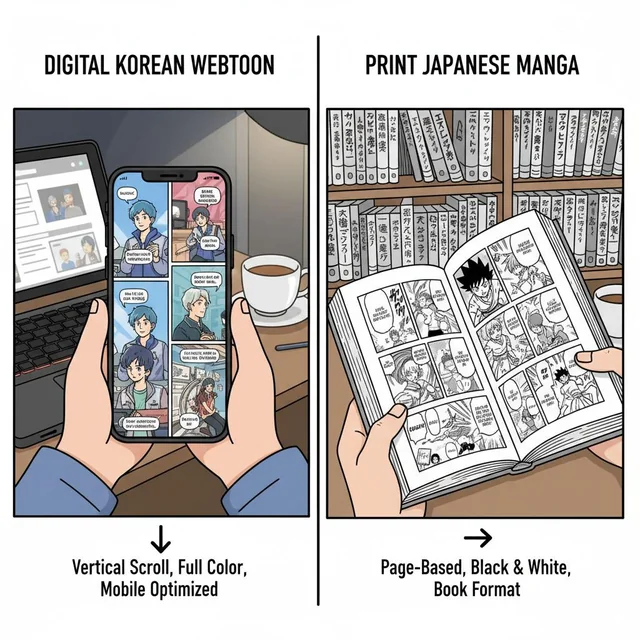
This design choice isn’t just aesthetic – it’s practical. Readers no longer need to pinch, zoom, or flip pages. Instead, they can enjoy a smooth, cinematic experience that feels tailor-made for the digital age. For younger audiences who grew up with smartphones, this format feels natural, and it’s one of the reasons webtoons have exploded in popularity worldwide.
The Platforms Leading the Charge
Two platforms dominate the conversation when it comes to digital comics: LINE Webtoon and Manga Plus.
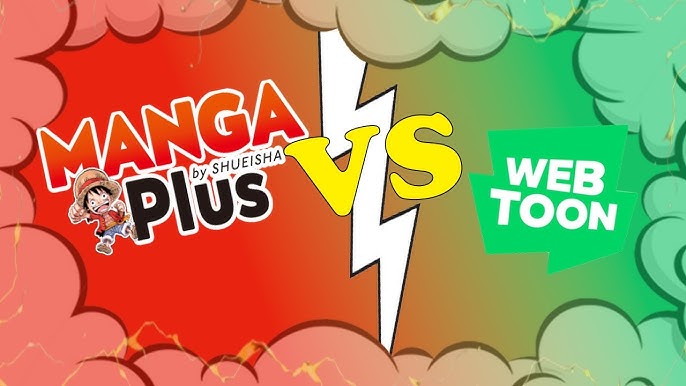
- LINE Webtoon (often just called Webtoon) is the global powerhouse of Korean webtoons. It offers thousands of titles across genres, from romance and fantasy to horror and slice-of-life. Its accessibility – free to read with optional “fast pass” purchases – has made it a gateway for millions of new comic readers.
- Manga Plus, launched by Shueisha (the publisher behind One Piece, Naruto, and My Hero Academia), represents manga’s counterattack in the digital space. It provides simultaneous English releases of major manga chapters, ensuring fans outside Japan can keep up legally and instantly.
The contrast between the two is fascinating. Webtoon thrives on accessibility and a wide range of indie creators, while Manga Plus leans on the prestige of established manga giants. Together, they’re shaping how readers engage with comics in the 21st century.
Storytelling Shifts: Manga Meets the Scroll
One of the most intriguing impacts of webtoons on manga is storytelling style. Webtoons often emphasize pacing through vertical space – a single panel stretched across the screen can heighten suspense or emotion in ways traditional manga layouts rarely attempt.
Manga artists have started experimenting with similar techniques in their digital releases. Some series now include longer vertical panels or bonus chapters optimized for scrolling. While manga will likely never abandon its page-based heritage, it’s clear that webtoons have nudged creators to think differently about how stories unfold visually.
Reader Habits in the Digital Era
The rise of webtoons has also changed how and when people read. Instead of sitting down with a physical volume, many readers now consume comics in short bursts — on commutes, during lunch breaks, or before bed. The free-to-read model encourages binge-reading, and the cliffhanger-heavy structure of webtoons keeps readers coming back weekly.
Manga publishers have noticed. Platforms like Manga Plus and Shonen Jump’s digital app now emphasize simultaneous global releases and mobile-friendly interfaces. The goal is clear: keep manga competitive in a world where readers expect instant, portable access.
Cultural Exchange and Adaptations
Another fascinating trend is the cross-pollination between webtoons, manga, and anime. Webtoons like Tower of God, Noblesse, and Solo Leveling have already received anime adaptations, proving that the format can stand shoulder-to-shoulder with manga in the broader geek culture ecosystem.
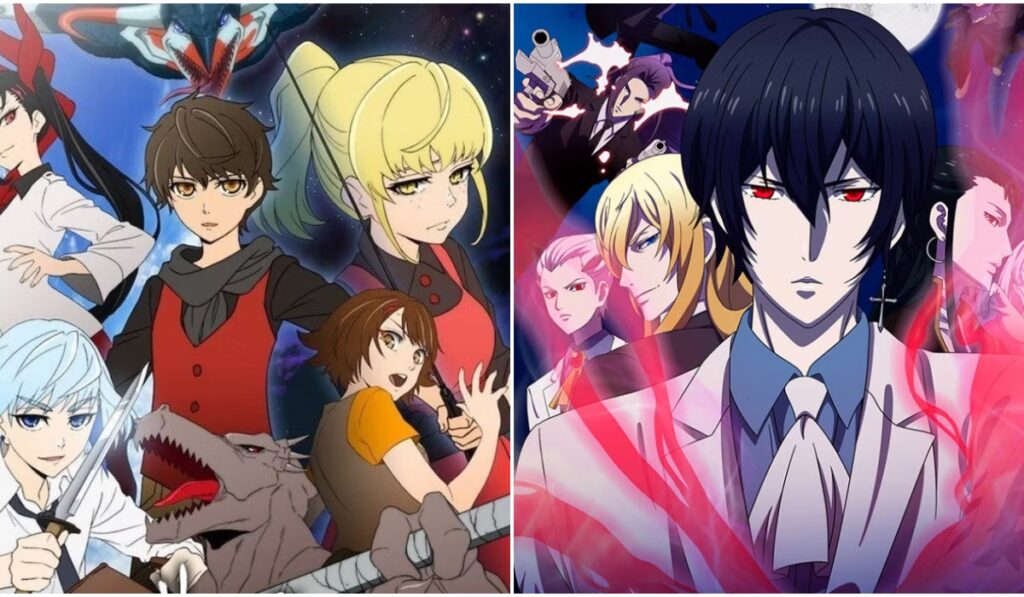
Meanwhile, manga-inspired storytelling continues to influence webtoon creators, who often cite Japanese series as inspirations. This cultural exchange is creating a hybrid space where fans of both mediums can discover new favorites without feeling like they’re betraying one tradition for another.
What the Future Holds
So, does the rise of webtoons mean the end of manga as we know it? Hardly. Manga remains a cultural juggernaut with decades of history, global recognition, and some of the most beloved characters in pop culture. But webtoons have carved out a space that manga can’t ignore.
The future likely lies in coexistence and collaboration. Manga will continue to thrive in print and digital, while webtoons will push the boundaries of format and accessibility. Together, they’ll expand the global audience for comics, ensuring that whether you prefer flipping pages or scrolling screens, there’s a story waiting for you.


